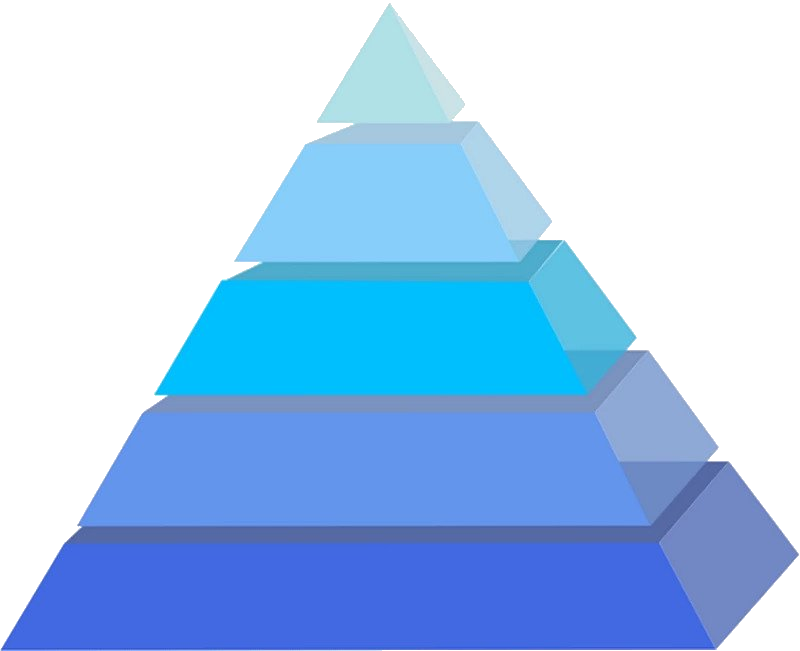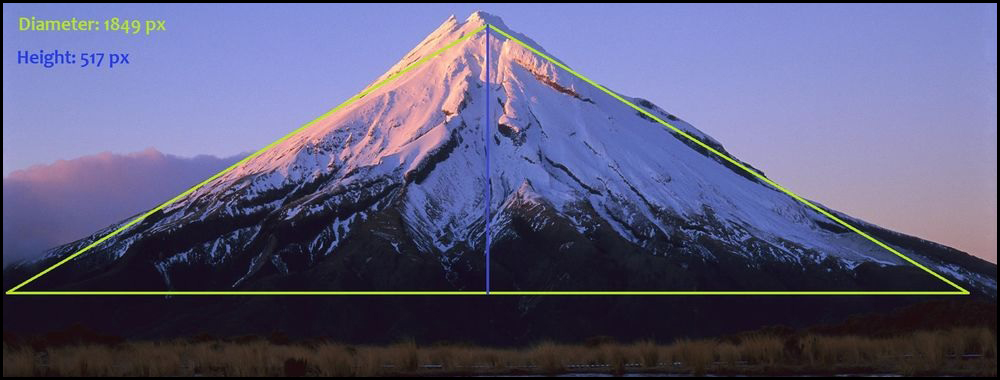Epyriel
He/Him- 272
- 347
I would like to propose a revision to Tier 5 and Tier High 5-A, as well as a minor correction to Tier 5-C’s description. [Thread creation by non-staff member approved by Antvasima]
Currently Tier High 5-A uses erroneous scientific nomenclature as it is named “Dwarf Star level” and is described as “Characters or objects that can create/destroy very small stars” despited the associated Attack Potency page making it clear the tier is supposed to instead refer to brown dwarfs (which are distinct sub-stellar objects that are not stars at all) with the associated standard body used to mark the lower edge of the tier being OTS 44 (a brown dwarf) yet erroneously referred to as a “Brown Dwarf star” (there is no such thing, this is a mashing of two mutually incompatible distinctions).
For some context, brown dwarfs are an independent category of celestial objects that are neither planets nor stars. When an object goes above ~13 Jupiter masses it begin to fuse deuterium - which is what defines brown dwarfs. When an object goes above ~78 Jupiter masses it begin to fuse protium (the most common isotope of hydrogen) - this is what defines a star.
So objects below ~13 Jupiter masses are planets or lesser objects, those above ~78 Jupiter masses are stars, and those between ~13 Jupiter masses and ~78 Jupiter masses are brown dwarfs (which are not dwarf stars).
Disagree: DontTalkDT, Qawsedf234, Colonel Krukov, KLOL506
Neutral: AKM sama, Everything12, Elizhaa
While we are at it, the Moon Tier’s description currently reads: “Characters or objects that can destroy a moon, or an astrological object of similar proportion” which confuses astronomy (the scientific study of celestial objects and cosmological phenomena) with astrology (the pseudoscientific superstition about relating astronomical phenomena with the dates of birth of people as predictors of personality).
The whole Tier 5 category is also misnamed as ‘Planetary‘ despite also including non-planetary objects such as moons, brown dwarfs, white dwarfs and other stellar remnants like EF Eridani B. I’m not the first to point out the inaccuracy being a point of confusion. A more accurate term enclosing all such objects would be ‘Substellar’:
Disagree:
Neutral:
Currently Tier High 5-A uses erroneous scientific nomenclature as it is named “Dwarf Star level” and is described as “Characters or objects that can create/destroy very small stars” despited the associated Attack Potency page making it clear the tier is supposed to instead refer to brown dwarfs (which are distinct sub-stellar objects that are not stars at all) with the associated standard body used to mark the lower edge of the tier being OTS 44 (a brown dwarf) yet erroneously referred to as a “Brown Dwarf star” (there is no such thing, this is a mashing of two mutually incompatible distinctions).
For some context, brown dwarfs are an independent category of celestial objects that are neither planets nor stars. When an object goes above ~13 Jupiter masses it begin to fuse deuterium - which is what defines brown dwarfs. When an object goes above ~78 Jupiter masses it begin to fuse protium (the most common isotope of hydrogen) - this is what defines a star.
So objects below ~13 Jupiter masses are planets or lesser objects, those above ~78 Jupiter masses are stars, and those between ~13 Jupiter masses and ~78 Jupiter masses are brown dwarfs (which are not dwarf stars).
Proposed Changes:
Tiering System:
- Dwarf Star level -> Brown Dwarf level [Accepted]
- “Characters or objects that can create/destroy very small stars.” -> “Characters or objects that can create/destroy brown dwarfs.” [Accepted]
- Note 5:
Prior to 2024, Tier High 5-A: Brown Dwarf level used to be named ‘Tier High 5-A: Dwarf Star level’, which we changed in 2024 in recognition that brown dwarfs (the class of objects whose GBE values are used to outline the tier) do not meet the criteria for being a star. Stars, including dwarf stars, are astronomical objects of sufficient mass to fuse protium (the most common isotope of hydrogen), a criteria brown dwarfs do not meet. Brown dwarfs are instead an independent class of astronomical objects larger than planets that hold enough mass to fuse deuterium (which becomes possible around 13 Jupiter masses), but not massive enough to fuse protium (which becomes possible around 78 Jupiter masses). Actual dwarf stars populate Tier 4, such as red dwarfs which outline Tier Low 4-C, and yellow dwarfs which outline Tier 4-C.
If you encounter a page that was accidentally overlooked, and still uses old name instead of the one listed above, we would appreciate the help to correct it. [Accepted]
Attack Potency:
- “The exceptions are that the lower borders of 5-C, Low 5-B, 5-B, 5-A, High 5-A, 4-C, 4-B, 4-A, 3-C, and 3-B can be considered standard calculations for destroying a moon, a small planet, a planet, a large planet, a dwarf star, a star, a solar system, two or more solar systems, a galaxy, and two or more galaxies respectively, and adding those tiers based on those specific feats is allowed.” -> “The exceptions are that the lower borders of 5-C, Low 5-B, 5-B, 5-A, High 5-A, 4-C, 4-B, 4-A, 3-C, and 3-B can be considered standard calculations for destroying a moon, a small planet, a planet, a large planet, a brown dwarf, a star, a solar system, two or more solar systems, a galaxy, and two or more galaxies respectively, and adding those tiers based on those specific feats is allowed.” [Accepted]
- Dwarf Star -> Brown Dwarf [Accepted]
- “Dwarf Star level: Brown Dwarf star (specifically, the OTS 44).” -> “Brown Dwarf level: Brown Dwarf (specifically OTS 44).” [Accepted]
Lifting Strength:
- “The weight a solid object can reach before the gravitational collapse to a small star.” -> “ The weight a solid object can reach before gravitational collapse to a star, a category broadly defined by the largest planets and brown dwarfs.” [Accepted]
Striking Strength:
- Dwarf Star level -> Brown Dwarf level [Accepted]
Tier 5 (Category Page):
- “This category features characters, weapons, etcetera that are capable of creating and/or destroying moons, planets or dwarf stars.” -> “This category features characters, weapons, etcetera that are capable of creating and/or destroying moons, planets or brown dwarfs.” [Accepted]
Tier High 5-A (Category Page):
- “Tier High 5-A (Dwarf Star level):” -> “Tier High 5-A (Brown Dwarf level):” [Accepted]
- “Characters who can create/destroy very small stars.” -> “ Characters who can create/destroy brown dwarfs.” [Accepted]
Disagree: DontTalkDT, Qawsedf234, Colonel Krukov, KLOL506
Neutral: AKM sama, Everything12, Elizhaa
While we are at it, the Moon Tier’s description currently reads: “Characters or objects that can destroy a moon, or an astrological object of similar proportion” which confuses astronomy (the scientific study of celestial objects and cosmological phenomena) with astrology (the pseudoscientific superstition about relating astronomical phenomena with the dates of birth of people as predictors of personality).
Proposed Change:
Tiering System:
- “Characters or objects that can destroy a moon, or an astrological object of similar proportion” -> “Characters or objects that can destroy a moon, or an astronomical object of similar proportion” [Accepted]
The whole Tier 5 category is also misnamed as ‘Planetary‘ despite also including non-planetary objects such as moons, brown dwarfs, white dwarfs and other stellar remnants like EF Eridani B. I’m not the first to point out the inaccuracy being a point of confusion. A more accurate term enclosing all such objects would be ‘Substellar’:
Proposed Change:
Tiering System:
- Tier 5: Planetary -> Tier 5: Substellar [Accepted]
Disagree:
Neutral:
Last edited:


